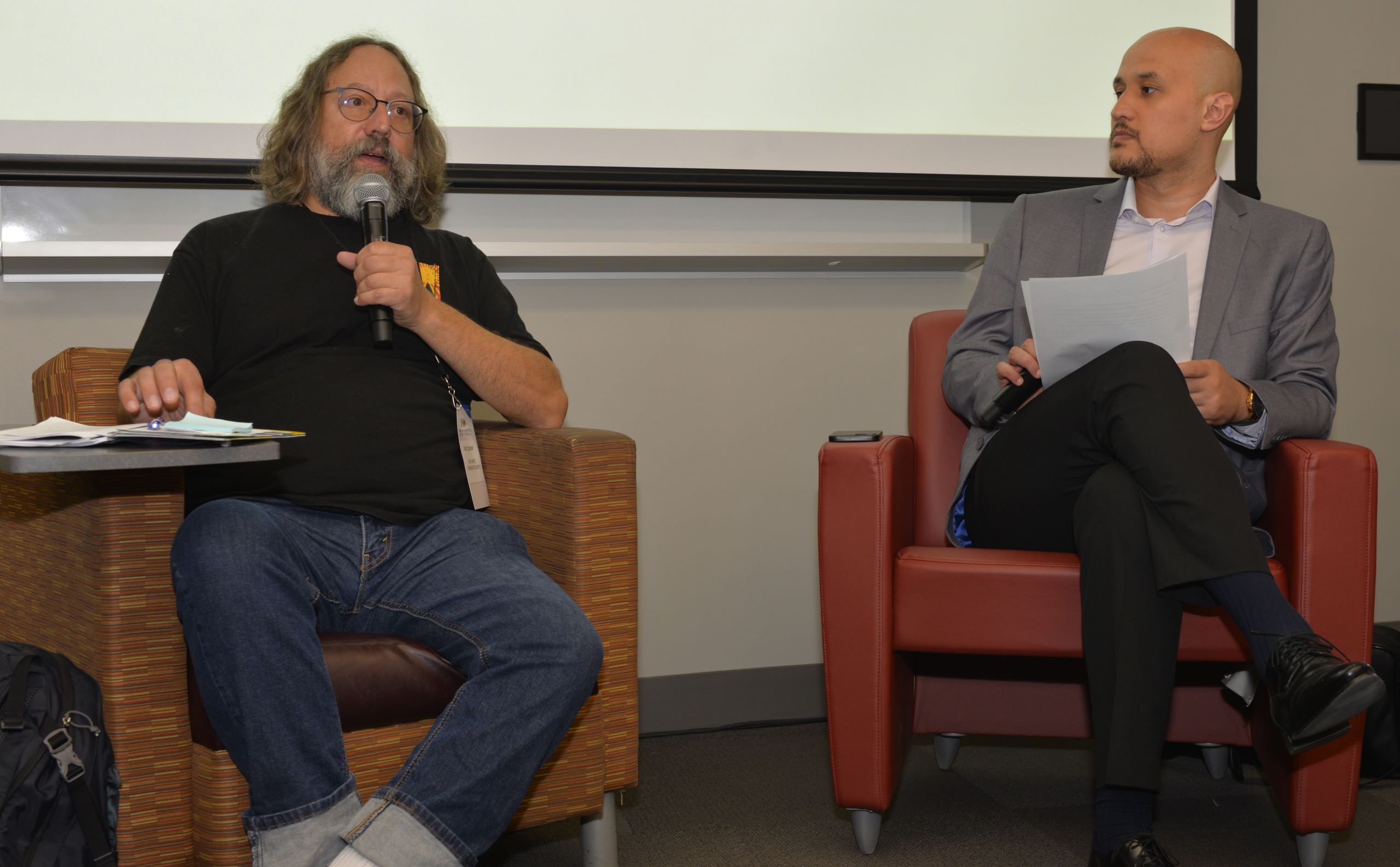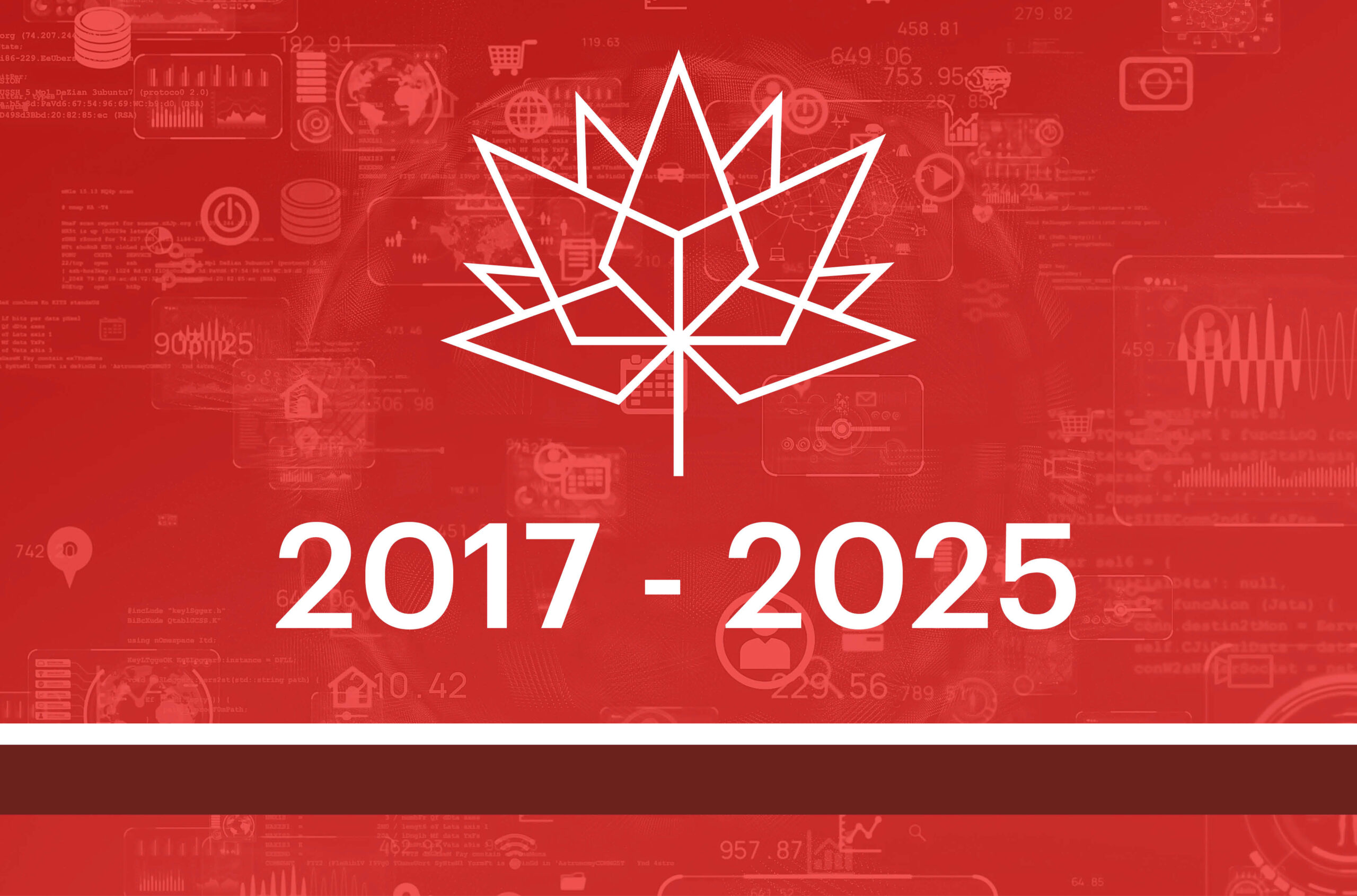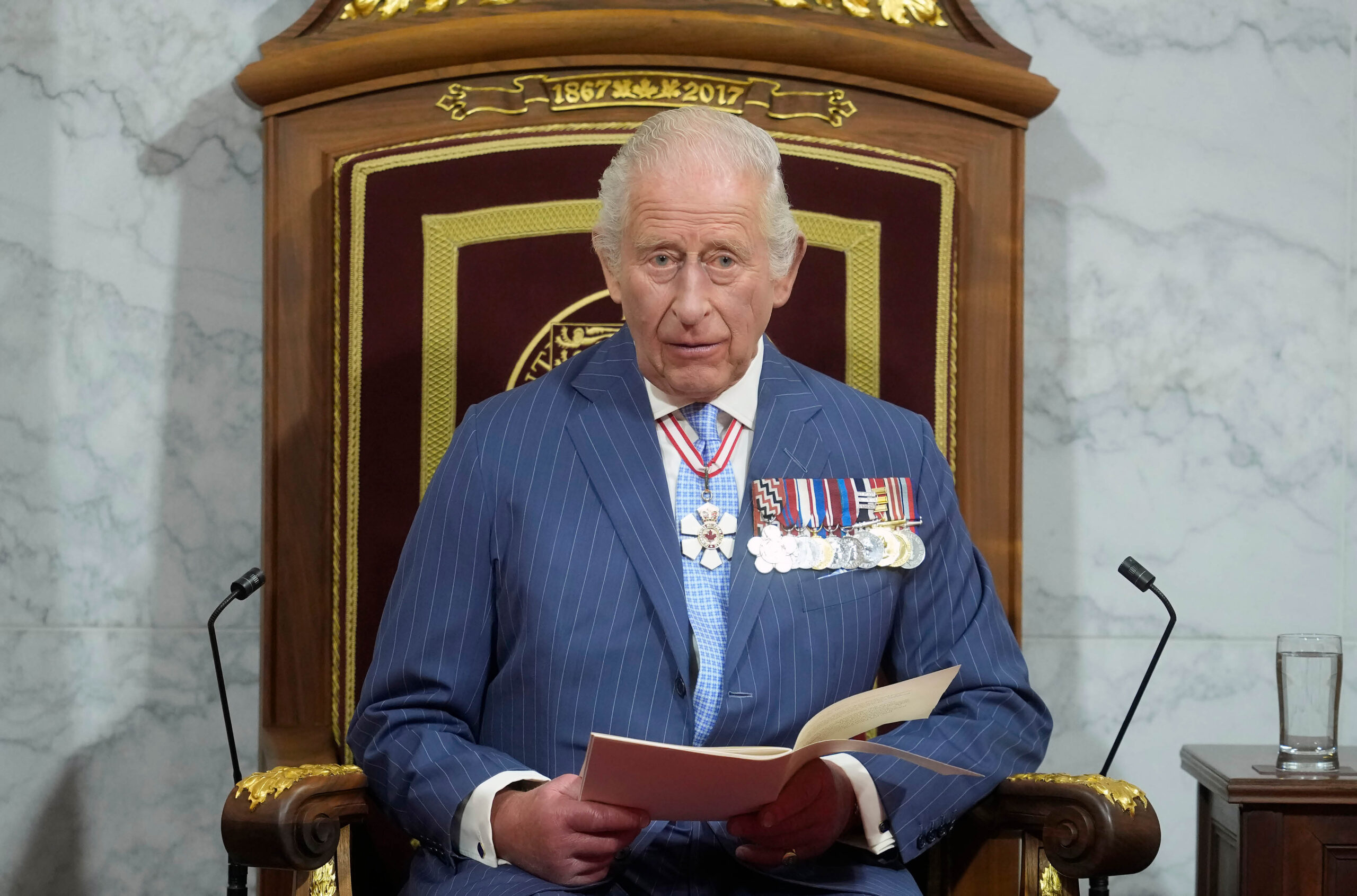StatsCan study looks at reasons why university graduates attend college
Many of the programs being pursued that teach more applied skills are ones that universities could provide but choose not to.

A Statistics Canada report released this spring shows that 14 per cent of people who have a bachelor’s degree or higher end up going to college after university.
“A fair majority were studying things that related to their bachelor’s degree,” says Katherine Wall, an analyst at StatsCan’s Canadian Centre for Education Statistics. “You have people who studied something in the social sciences and humanities field saying, ‘I’m going to study human resources,’ or ‘I’m going to dive into advertising.’” Similarly, people who completed a bachelor’s of science at university might take a nursing program at college.
Two thirds of the students who pursued college after university did so within five years, with 25 per cent of university graduates going to college within a year. In some cases, the university graduates were pursuing college credentials that required a bachelor’s as a prerequisite.
For Craig O’Brien, who graduated with a degree in physical sciences, attending college was a means to get a job. He was going to get married and had been laid off from a job cleaning glassware for a pharmaceutical company he got after university. He decided to enroll in a medical laboratory technician program at a college instead of applying for a master’s programs he might not get into. He said he also didn’t want to spend two more years in school “with no idea how or if it would help me find a job afterwards.” What attracted him most to the college program was that it was only a year, and it included a work placement.
While Mr. O’Brien didn’t need university to get into the program, the college counted some of his university courses toward his college diploma. He now has a full-time job as a laboratory technician at St. Michael’s Hospital. He says university helped him grow “personally, just not as much professionally.”
Alex Usher, president of Higher Education Strategy Associates, says that around 20 years ago, universities dismantled their continuing education departments and the “microcredentials” that many are pursuing after a bachelor’s. The move “in no uncertain terms, was a disaster for universities,” he says. Meanwhile, colleges have pursued fields like health care and engineering while continuing “a very workplace-oriented kind of mission.”
Colleges in B.C. and Ontario, especially, are offering postgraduate credentials like registered nursing, business management and communications. According to the StatsCan study, it’s in those two provinces where college students are most likely to already have a university degree under their belts. Twelve per cent of college students in those two provinces have completed a bachelor’s degree compared to nine per cent for Nova Scotia and two to six per cent for the other provinces. “To some degree, the demand [for college programs after university] seems to be following what’s provided by the colleges,” says Dr. Wall.
Mr. Usher says to some extent, universities could choose to offer more applied postgraduate credentials. “They’re leaving money on the table,” he says. While universities offer some applied postgraduate programs, they’re often too long and not flexible enough, without evening-course options, for example. “I like to joke that universities have never found a problem that they couldn’t create a two-year master’s program for,” he says.
College programs might be especially attractive to the one third of students who graduated from a university outside the country. “They’re looking for some kind of Canadian certification,” says Mr. Usher, and as emigrating is expensive, they’re choosing shorter, cheaper programs that college offers.
It’s worth mentioning that not all the college students are staying in their fields. The StatsCan study found that the third of students who attended college after university and were over 35 years old typically weren’t pursuing college programs that directly related to their university degrees. Their program choices were like those without university, such as trades or early childhood education, says Ms. Wall.
Mr. Usher adds that the motivation wasn’t measured. He suggested possible reasons for the new direction include a career pivot due to skills no longer being in demand, a desire to try something new, or the result of reentering the workforce after taking care of children.
While the picture is nuanced, the biggest reason for college after university is “credential inflation,” says Nicole Brayiannis, national deputy chairman of the Canadian Federation of Students (CFS), referring to a trend for employers to choose candidates with more training than required in previous years. Employers don’t just want the broad analytical skills taught in universities, but also additional technical skills that many colleges offer. She says having to pursue both a university and college degree is very costly and inaccessible to a lot of students, particularly for folks from marginalized communities and BIPOC communities.”
Ms. Brayiannis says the CFS’s call for free postsecondary education is more important than ever, as the pandemic exacerbates unemployment and credential inflation. With 20 per cent unemployment rates, “investment in postsecondary education is going to be the root of ensuring that folks most affected by the economic downfall throughout this pandemic don’t continue to be set back.”
Featured Jobs
- Business – Lecturer or Assistant Professor, 2-year term (Strategic Management) McMaster University
- Canada Excellence Research Chair in Computational Social Science, AI, and Democracy (Associate or Full Professor)McGill University
- Veterinary Medicine - Faculty Position (Large Animal Internal Medicine) University of Saskatchewan
- Psychology - Assistant Professor (Speech-Language Pathology)University of Victoria















Post a comment
University Affairs moderates all comments according to the following guidelines. If approved, comments generally appear within one business day. We may republish particularly insightful remarks in our print edition or elsewhere.